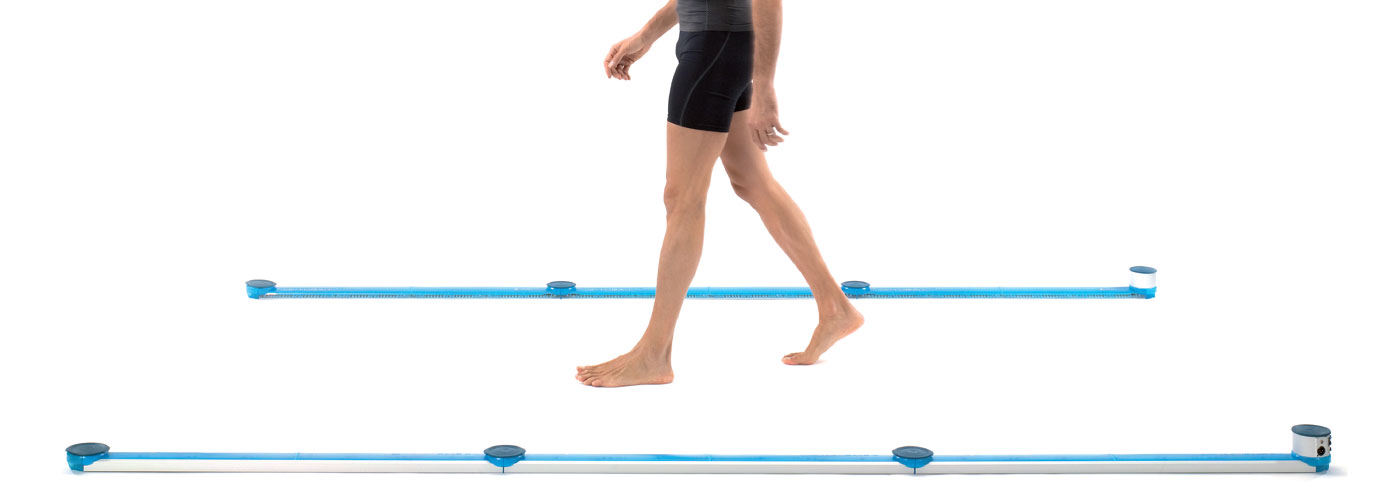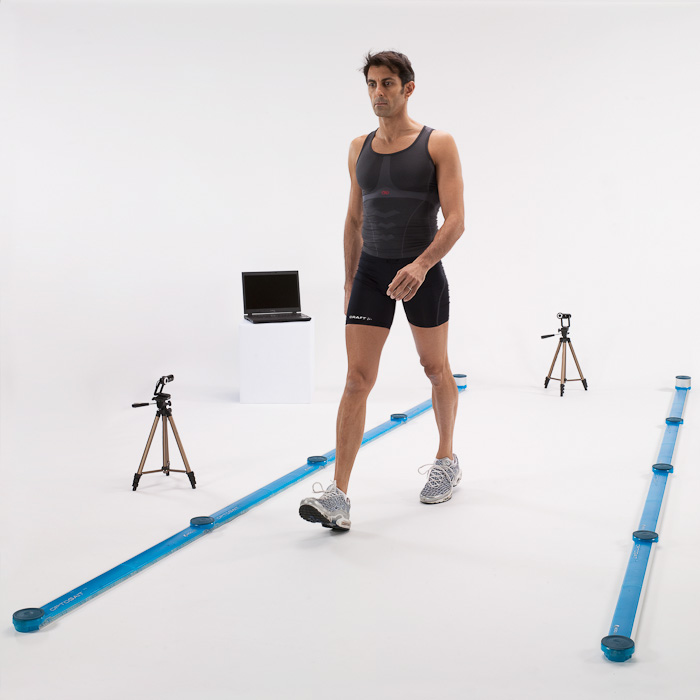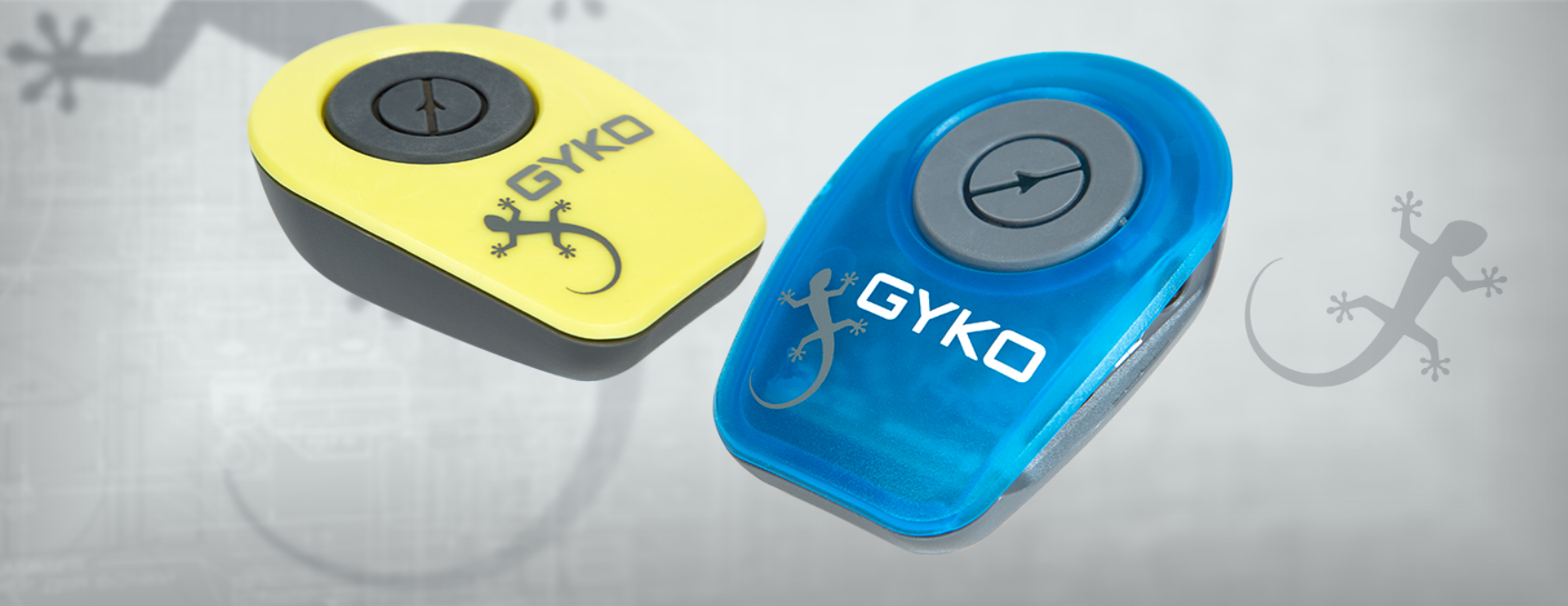The benefits of gait analysis in Parkinson’s disease management

Parkinson’s disease (PD) is the fastest growing neurodegenerative condition in the world, with two people in the UK being diagnosed with the condition every hour. Research by Parkinson’s UK estimates that by 2030, 172,000 people across the country will be living with PD, especially as the population grows and ages. While there is no known cause for PD, research has shown that approximately 15% of people living with the condition have a genetic disposition, and environmental factors such as a smoking and caffeine intake can also increase risk.
There are over 40 symptoms of PD, ranging from freezing, tremors, muscle cramps, dementia, and hallucinations. Some of the most common and disabling symptoms are gait impairments, with studies showing that 70% of patients with PD suffer at least one fall per year due to gait disturbances. Motor dysfunctions within PD include shuffling gait, impaired balance, freezing and slowing of gait, reduced arm swing and loss of disassociated arm and trunk movements whilst walking. Considering the median survival in patients with recurrent falls is only six years, gait analysis remains an important part of the management of PD.

Gait analysis and early-to-medium Parkinson’s disease detection and interventions
Gait, which refers to someone’s walking and running patterns, is mediated by complicated brain networks. This means that, with conditions like PD, which involve neurological degradation, gait disturbance can be one of the earliest motor-related symptoms to appear. Technological advancements have been crucial in allowing clinicians to use gait analysis as an effective tool for the detection of disruptions that could allude to chronic diseases like PD.
OptoGait is a biomechanical evaluation tool that has been used effectively in the early diagnosis and intervention of PD. Equipped with optical sensors working at a frequency of 1000 Hz and having an accuracy of 1 cm, the OptoGait system allows for the precise monitoring of a patient’s condition; detecting problem areas, assessing mechanical inefficiencies and verifying the effectiveness of treatments.
While some gait impairments shown in the early-stages of PD are not specific to the condition – reduced speed and shortened step length are the most common early signs and can be attributed to many age-related deteriorations – range of motion within lower limb joints and interlimb asymmetry can also be picked up on in early stages of the condition.
While there is no cure for PD, being able to monitor the trajectory of the illness within a patient can help to assess effectiveness of intervention treatments, including physiotherapy and certain medications that help to bolster movement. Research by The London School of Economic and Political Science states:
“A growing body of evidence from the medical literature describes numerous advantages that may be associated with early therapeutic intervention in PD. The most evident benefit of early treatment with medicines other than L-dopa is the reduction in symptoms (for example difficulty or distortion in performing voluntary movements) and the delay of levodopa (L-dopa) initiation and therefore its immediate side-effects (for example hypotension, arrhythmia, insomnia and hallucinations) and the ffectts of its chronic administration (motor complications and drug resistance). Clinical trials also suggest that early treatment can slow disease progression.” - Tinelli, Kanavos & Grimaccia
Postural stability analysis and Parkinson’s disease
While the OptoGait system has been used clinically in the monitoring of gait disturbances, another device developed by Microgate is GyKo, an inertial sensor system for the analysis of movement in any body segment. This innovative tool can supply acceleration measurements of up to 16g and angular velocities of up to 2000°/s with an acquisition frequency of 1000 Hz, making it ideal for the identification of posture deficiencies and asymmetries. Much like the OptoGait system, the GyKo can be used to track the patient’s symptoms, deteriorations and progress, helping to provide a more robust intervention plan and ultimately helping slow the trajectory of the illness.

The evaluation of posture, balance and gait are all crucial in helping prevent falls, as well as providing clinicians with the tools to empower people with PD to maintain a more active lifestyle. To see how OptoGait and GyKo could help your patients, book a demonstration with us today.


